All about Siberian cedar: description, cultivation, application
Cedar pine (Pinus sibirica) or, popularly, Siberian cedar - an evergreen tree, belongs to the Pine genus. How did the two names get so mixed up? According to one version, the pioneering Cossacks who came to Siberia beyond the Urals were so impressed by the beauty and power of the tree that they put it on a par with the famous Lebanese cedar.
Content:
- Structural features
- Growing conditions
- Seed preparation for sowing
- Sowing seeds and caring for seedlings
- Planting and further care of seedlings
- Diseases and pests
- Application in landscape design
Structural features
Cedar can grow up to 44 meters. Lives according to various estimates from 500 to 850 years. Siberia is the natural habitat of cedar, it is also found in Altai, Mongolia and China. Compared to Scots pine, the cedar has darker and longer needles. Each bunch has 5 needles (pine has 2). The bark of the trunk is gray.
Root system forms a short taproot and lateral ones extending from it, on the root hairs of which the so-called mycorrhiza develops (connection with fungi). If the soil in the place where the cedar grows is light, air-permeable, then the roots can penetrate a couple of meters deep. In this case, they are called anchor because they help the tree to remain stable.
Siberian cedar is considered a slow growing plant.
In the taiga under conifers, the height of a 20-year-old cedar often does not exceed 30 cm. Both male and female shoots are simultaneously present on the same tree. At the same time, they are arranged in tiers: in the upper part of the crown there is a female tier, then a mixed one, even lower - a male tier. Cones are formed only on female shoots. The length of the tiers is not the same for different trees.
The cedar is pollinated by the wind in June. The bud formation process takes 3 years. The seeds (those same pine nuts) ripen in August-September and fall to the ground along with the cones. Each bud can contain up to 150 seeds. To obtain the maximum yield, several trees of the same species are required, since cedar forms better cones when cross-pollinated. In nature, under natural conditions, it begins to bear fruit at the age of 20 years. Animals contribute to the spread of cedar, especially chipmunks and nutcrackers.
Growing conditions
Siberian cedar is a plant that can adapt to various growing conditions. However, it has its own preferences:
- Air temperature. A huge advantage of the Siberian cedar is its winter hardiness. It can withstand temperatures below -40-50 ° C and grows even beyond the Arctic Circle.
- Shine. Although the culture belongs to the shade-tolerant, nevertheless, as it grows, the cedar's need for light increases. Young seedlings tolerate shading, because in natural conditions they develop under the crowns of mature trees. However, cedars growing in open areas have a more lush crown and are distinguished by higher yields compared to trees in solid plantations.
- The soil. The plant prefers well-drained loamy or sandy loamy soils. It is very important that the ground is sufficiently moist. On sandy dry soils, the tree will not be able to grow - it will dry out.Cedar develops especially well on fertile soils containing lime.
- Moisture. The culture is demanding both air and soil moisture. However, when water stagnates in the soil, oxygen access to the roots is blocked, which causes mycorrhiza to suffer.
Seed preparation for sowing
Siberian cedar is propagated in two ways: seeds and vegetatively (by inoculation in specialized nurseries). Only fresh seeds of the current year are suitable for sowing. It is advisable to purchase seeds harvested in highly productive cedar forests.
The best time for planting is autumn, a month before the onset of stable frosts.
This provides the seeds with the necessary stratification in winter. However, it is possible only in regions where the natural snow cover is stable and not less than 30-40 cm. The seeds are pre-soaked in water for 2-3 days and only full-grain (drowned) seeds are sown.
In areas with little snowy winters, sowing is carried out in the spring with preliminary artificial stratification of 3-4 months in length. At this time, it is necessary to provide the seeds with an increased substrate moisture (about 40%) and a temperature of about 0 ° C. Suitable substrate - sawdust, sand, peat, snow, moss, etc.
At home and in the country, stratification can be carried out in different ways:
- In a pile of snow. The pre-soaked seeds are mixed with a damp substrate and placed in a low box wrapped in a fine-mesh rodent net. The box is placed on the ground on the north side of the house to prevent heavy snow melting. They fall asleep from above, constantly tamping, with a pile of snow at least 1 meter high and cover with spruce branches.
- In the fridge. The seeds are soaked for 2 days and mixed with a moist substrate. The prepared mixture is poured into containers with a layer of 5 cm and placed in plastic bags. One side is left open. The containers are placed in a refrigerator. Every 10-15 days, the seeds are checked, mixed and additionally moistened.
- Accelerated stratification. Held at the very beginning of spring. The seeds are first soaked in warm water for 6-8 days. The water is changed every 2 days. Then the seeds are mixed with peat or washed river sand, left at room temperature for a month and wait. Naked seeds are removed in the refrigerator and stored there until sowing.
Sowing seeds and caring for seedlings
In the spring, stratified seeds are sown a week after the snow cover has melted into open ground or a greenhouse. Before this, the substrate is removed, and the seeds are soaked in potassium permanganate for a day.
It is best to sow on ridges to provide air access. The distance between the grooves is 15-20 cm, 100-120 seeds are sown per 1 meter of the line. Embedding depth - 3-5 cm followed by mulching with sawdust or peat with a layer of 1-1.5 cm. When sowing in autumn, the ridges are covered with spruce branches.
In the future, you need to provide seedlings with high-quality watering:
- within 2-3 weeks after sowing - 1-2 times a week
- after mass emergence of seedlings - 1 time in 10 days
- during lignification of seedlings and until August - after 15-20 days
To speed up the development of seedlings by 1.5-2 times, you can grow them under a film cover. To do this, in a greenhouse, beds are arranged with a height of 15-20 cm from a mixture of decomposed peat (pH 4.5-5.5) with mineral fertilizers. The prepared seeds are embedded in the soil 3-4 cm, sprinkled with peat-sawdust mixture on top, rolled and watered.
The temperature in the greenhouse must be maintained at the required level:
- before emergence - about 0 ° C
- when they appear - 5 ° C, but not higher than 15-20 ° C
- during the growth of seedlings - 8-10 ° C, but not higher than 25-30 ° C
The optimum air humidity is 70-80% with constant ventilation. From mid-July, the seedlings begin to harden. To do this, open the side parts of the shelter, and at the end of August - remove the film completely. By this period, watering is stopped.
Planting and further care of seedlings
If the gardener is not ready to wait until a seedling grows from the seed, he can buy ready-made planting material in a specialized nursery.When choosing, give preference to seedlings with a closed root system.
The best time to plant a seedling is the first half of May.
It is important to follow 2 rules: do not bury the root collar in the ground and make sure that the roots do not bend. When planting, the root collar should rise 4-5 cm above the ground on light soils, 3-4 cm - on heavy soils. After the soil has settled, it should be level with the ground. If these rules are not followed, the tree may die!
Planting sequence is standard:
- dig a planting hole, fill with fertile soil with compost
- form a mound in the pit and spread the roots of the plant along it
- cover the roots with soil, compacting it a little
- form a ring around the pit and water the seedling liberally
- mulch the surface after the water has been absorbed
Before planting, the roots twisted in the container must be well straightened, being careful not to damage the small roots with mycorrhiza. The planting hole is made free, larger than the size of the root system. Sand is added to heavy clay soil to improve aeration. After planting, mulch the soil around the seedling with a layer of 5 cm. The best cover is leaf litter, which must be added annually. In a dry season, young seedlings need additional watering. You can also spray the crown in the evening. It is impossible to dig up the soil under the tree, only careful loosening is possible, so as not to damage the delicate roots.
Cedar seedlings are fed 3 times a season with a solution of potassium sulfate (consumption of 20 g per 10 liters of water for one plant), starting from the end of May, once a month. The next year after planting, nitrogen fertilizers can be applied. The cedar is planted in a permanent place, taking into account the future growth. This means that the minimum distance from other large-sized vehicles should be 6-7 meters. When planning a placement, you need to take into account the behavior of possible neighbors. For example, birch inhibits the growth of cedar, as it greatly dries up the soil.
Diseases and pests
In the natural environment, the Siberian silkworm inflicts great damage on cedar forests. Its caterpillars eat up the needles, as a result of which the cedar dries up. One tree can have up to 35 thousand caterpillars.
Also cedar pests are hermes aphids and pine cone moth. Hermes more often affects young trees. An external sign of their appearance is yellowing of the needles. The pest itself looks like small cotton balls. Method of struggle - treatment with Aktellik.
The pine cone, as its name implies, feeds on the kernels of nuts and the soft parts inside the cone, thereby destroying the entire crop.
Young seedlings at an early stage are often affected by blacklegs. Causes of the disease: low temperatures with high soil moisture, sudden changes in day and night temperatures.
Application in landscape design
Siberian cedar is an excellent option for landscaping a personal plot. It is decorative, fruitful and has phytoncidal properties. For planting, you can use varieties bred by breeders, which differ in growth strength, crown shape and the ability to tie cones.
On the site, it is better to plant the cedar on the north side, so that the shadow from the crown does not cover other plants.
Decorative varieties are placed 4-5 meters apart. The dark green needles of the cedar look spectacular against the background of the light house of the summer cottage. Plant this magnificent tree on your site, and it will delight the whole family for several generations. For the attention and care shown by you in the first years of its growth, the cedar will pay off many times over.
More information can be found in the video:



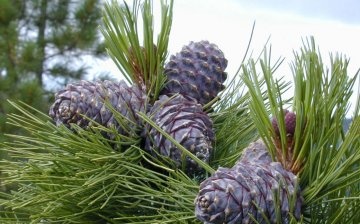

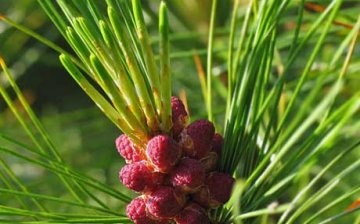
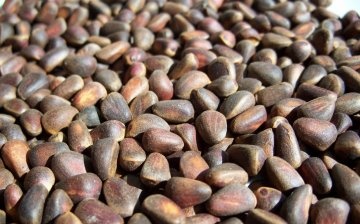
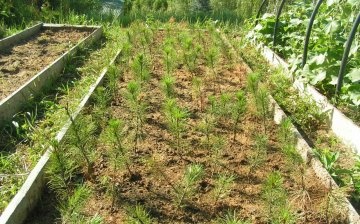
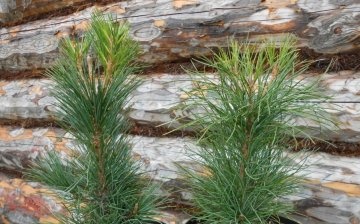
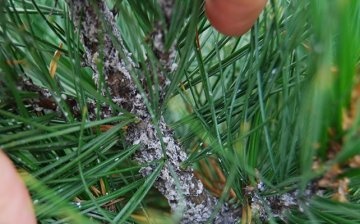
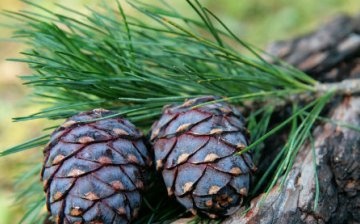








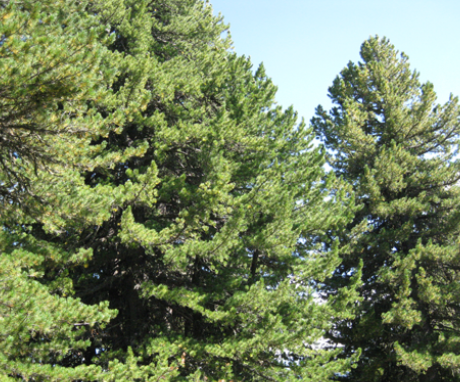
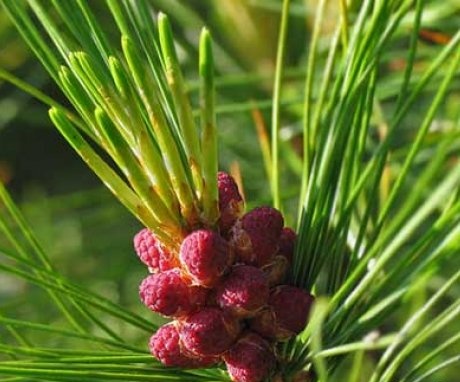
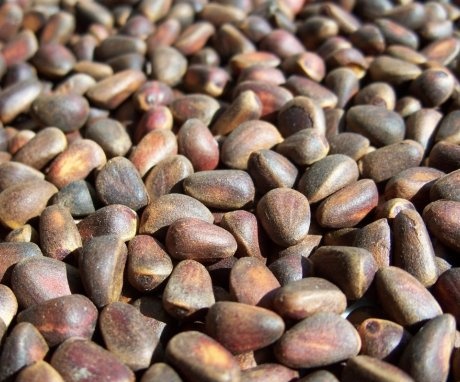
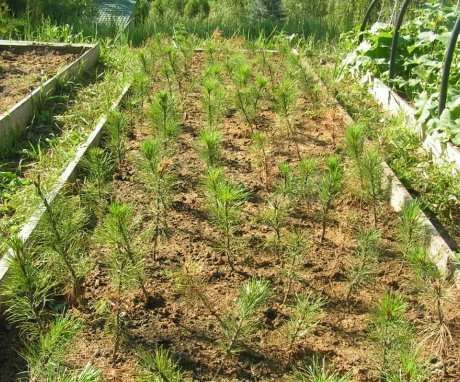
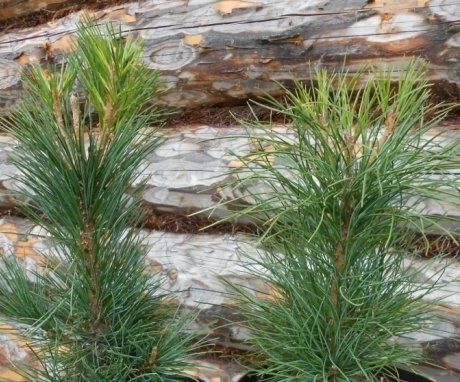
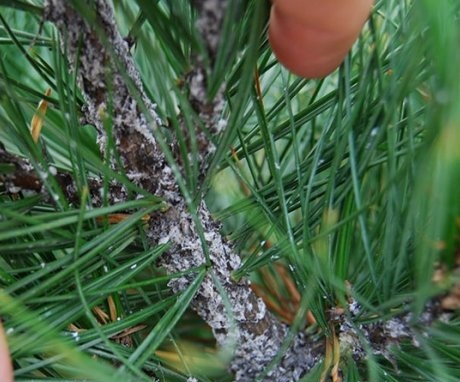
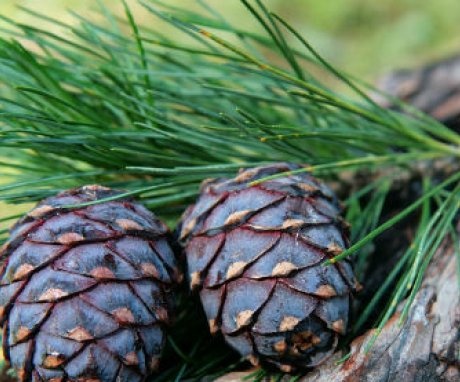
Unfortunately, cedar does not grow in our region. Several times on a business trip, I saw these huge, very beautiful conifers in the botanical garden. There were also other trees - larch, spruce, pine, but the Siberian cedar, I liked the most.
Here he is almost my age (five years younger) and is already very big. Grown from a seed brought from Irkutsk. Yes, nothing grows under it, even the lilac has crushed it. It takes up a lot of space, but what a beauty ...